Enzyme-Free Monitoring of Glucose Using Molecularly Imprinted Polymers and Gold Nanoparticles
Abstract
1. Introduction
2. Experimental Section
2.1. Reagents and Solutions
2.2. Apparatus
2.3. Assembly of the Glucose Sensor Material
2.4. Electrochemical Procedures
2.5. Direct Detection for Glucose
3. Results and Discussion
3.1. Production and Impact of AuNPs
3.2. Fabrication of the Sensing Layer
3.3. Electrochemical Analytical Performance
3.4. Direct Electrochemical Readings of Glucose
3.5. Analytical Performance in Human Sera
4. Conclusions
Supplementary Materials
Author Contributions
Funding
Institutional Review Board Statement
Informed Consent Statement
Data Availability Statement
Conflicts of Interest
References
- Fauziah, S.; Karlsson, A.; Gustavsson, H. Density Functional Theory (DFT) Study of Molecularly Imprinted Polymer (MIP) Methacrylic Acid (MAA) with D-Glucose. IOP Conf. Ser. Mater. Sci. Eng. 2017, 214, 012004. [Google Scholar] [CrossRef]
- Cai, T.; Gao, Y.; Yan, J.; Wu, Y.; Di, J. RSC Advances nanoplates and gold nanoparticles. RSC Adv. 2017, 7, 29122–29128. [Google Scholar] [CrossRef]
- Wang, H.; Lee, A. ScienceDirect Recent developments in blood glucose sensors. J. Food Drug Anal. 2015, 23, 191–200. [Google Scholar] [CrossRef]
- Bruen, D.; Delaney, C.; Florea, L. Diamond, Glucose Sensing for Diabetes Monitoring: Recent Developments. Sensors 2017, 17, 1866. [Google Scholar] [CrossRef] [PubMed]
- Gusev, M.; Poposka, L.; Spasevski, G.; Kostoska, M.; Koteska, B.; Simjanoska, M.; Ackovska, N.; Stojmenski, A.; Tasic, J.; Trontelj, J. Review Article Noninvasive Glucose Measurement Using Machine Learning and Neural Network Methods and Correlation with Heart Rate Variability. J. Sens. 2020, 2020, 9628281. [Google Scholar] [CrossRef]
- Sabu, C.; Henna, T.K.; Raphey, V.R.; Nivitha, K.P.; Pramod, K. Biosensors and Bioelectronics Advanced biosensors for glucose and insulin. Biosens. Bioelectron. 2019, 141, 111201. [Google Scholar] [CrossRef]
- Teymourian, H.; Barfidokht, A.; Wang, J. Electrochemical glucose sensors in diabetes management: An updated review (2010–2020). Chem. Soc. Rev. 2020, 49, 7671–7709. [Google Scholar] [CrossRef]
- Clark, L.C.; Lyons, C. Electrode Systems for Continuous Monitoring in Cardiovascular Surgery. Ann. N. Y. Acad. Sci. 1962, 102, 29–45. [Google Scholar] [CrossRef] [PubMed]
- Gonzales, W.V.; Mobashsher, A.T.; Abbosh, A. The Progress of Glucose Monitoring—A Review of Invasive to Minimally and Non-Invasive Techniques, Devices and Sensors. Sensors 2019, 19, 800. [Google Scholar] [CrossRef]
- Peng, Z.; Xie, X.; Tan, Q.; Kang, H.; Cui, J.; Zhang, X.; Li, W.; Feng, G. Blood glucose sensors and recent advances: A review. J. Innov. Opt. Heal. Sci. 2022, 15, 2230003. [Google Scholar] [CrossRef]
- Free, A.H.; Free, H.M. Self testing, an emerging component of clinical chemistry. Clin. Chem. 1984, 30, 829–838. [Google Scholar] [CrossRef] [PubMed]
- Henning, T. Commercially Available Continuous Glucose Monitoring Systems. In In Vivo Glucose Sensing; Cunningham, D.D., Stenken, J.A., Eds.; John Wiley: Hoboken, NJ, USA, 2009; pp. 113–156. [Google Scholar] [CrossRef]
- Asghar, N.; Mustafa, G.; Yasinzai, M.; Al-soud, Y.A. Real-Time and Online Monitoring of Glucose Contents by Using Molecular Imprinted Polymer-Based IDEs Sensor. Appl. Biochem. Biotechnol. 2019, 189, 1156–1166. [Google Scholar] [CrossRef] [PubMed]
- Nguyen, H.H.; Lee, S.H.; Lee, U.J.; Fermin, C.D.; Kim, M. Immobilized Enzymes in Biosensor Applications. Materials 2019, 12, 121. [Google Scholar] [CrossRef] [PubMed]
- Je, S.; Noh, H.; Won, M.; Cho, C.; Bok, K. A selective glucose sensor based on direct oxidation on a bimetal catalyst with a molecular imprinted polymer. Biosens. Bioelectron. 2018, 99, 471–478. [Google Scholar] [CrossRef]
- van Enter, B.J.; Von Hauff, E. Challenges and perspectives in continuous. Chem. Commun. 2018, 54, 5032–5045. [Google Scholar] [CrossRef]
- Belbruno, J.J. Molecularly Imprinted Polymers. Chem. Rev. 2018, 119, 94–119. [Google Scholar] [CrossRef]
- Razak, K.A.; Zulkifli, Z.A.; Ridhuan, N.S.; Nor, N.M. The effect of gold nanoparticles modified electrode on the glucose sensing performance. AIP Conf. Proc. 2017, 1865, 020015. [Google Scholar] [CrossRef]
- Caldara, M.; Kulpa, J.; Lowdon, J.; Cleij, T.; Diliën, H.; Eersels, K.; van Grinsven, B. Recent Advances in Molecularly Imprinted Polymers for Glucose Monitoring: From Fundamental Research to Commercial Application. Chemosensors 2023, 11, 32. [Google Scholar] [CrossRef]
- Vaidya, A.; Sahoo, J.; Shende, P. Molecularly imprinted polymer-based biosensor for detection of salivary glucose in diabetes. Int. J. Pharm. 2025, 671, 125219. [Google Scholar] [CrossRef]
- Kim, D.; Moon, J.; Lee, W.; Yoon, J.; Soo, C. A potentiometric non-enzymatic glucose sensor using a molecularly imprinted layer bonded on a conducting polymer. Biosens. Bioelectron. 2017, 91, 276–283. [Google Scholar] [CrossRef] [PubMed]
- Diouf, A.; Bouchikhi, B.; El, N. A nonenzymatic electrochemical glucose sensor based on molecularly imprinted polymer and its application in measuring saliva glucose. Mater. Sci. Eng. C 2019, 98, 1196–1209. [Google Scholar] [CrossRef]
- Yoshimi, Y.; Narimatsu, A.; Nakayama, K.; Sekine, S.; Hattori, K.; Sakai, K. Development of an enzyme-free glucose sensor using the gate effect of a molecularly imprinted polymer. J. Artif. Organs 2009, 12, 264–270. [Google Scholar] [CrossRef]
- Farid, M.; Goudini, L.; Piri, F.; Zamani, A.; Saadati, F. Molecular imprinting method for fabricating novel glucose sensor: Polyvinyl acetate electrode reinforced by MnO2/CuO loaded on graphene oxide nanoparticles. Food Chem. 2016, 194, 61–67. [Google Scholar] [CrossRef] [PubMed]
- Li, X.; Niu, X.H.; Wu, H.Y.; Meng, S.C.; Zhang, W.C.; Pan, J.M.; Qiu, F.X. Impedimetric Enzyme-Free Detection of Glucose via a Computation-Designed Molecularly Imprinted Electrochemical Sensor Fabricated on Porous Ni Foam. Electroanalysis 2017, 29, 1243–1251. [Google Scholar] [CrossRef]
- Kajisa, T.; Sakata, T. Molecularly Imprinted Artificial Biointerface for an Enzyme-Free Glucose Transistor. ACS Appl. Mater. Interfaces 2018, 10, 34983–34990. [Google Scholar] [CrossRef] [PubMed]
- Wu, H.; Tian, Q.; Zheng, W.; Jiang, Y.; Xu, J.; Li, X.; Zhang, W.; Qiu, F. Non-enzymatic glucose sensor based on molecularly imprinted polymer: A theoretical, strategy fabrication and application. J. Solid State Electrochem. 2019, 23, 1379–1388. [Google Scholar] [CrossRef]
- Sehit, E.; Drzazgowska, J.; Buchenau, D.; Yesildag, C.; Lensen, M.; Altintas, Z. Ultrasensitive nonenzymatic electrochemical glucose sensor based on gold nanoparticles and molecularly imprinted polymers. Biosens. Bioelectron. 2020, 165, 112432. [Google Scholar] [CrossRef]
- Fan, L.; Lou, D.; Wu, H.; Zhang, X.; Zhu, Y.; Gu, N.; Zhang, Y. A Novel AuNP-Based Glucose Oxidase Mimic with Enhanced Activity and Selectivity Constructed by Molecular Imprinting and O2-Containing Nanoemulsion Embedding. Adv. Mater. Interfaces 2018, 5, 1801070. [Google Scholar] [CrossRef]
- Serrano, V.M.; Silva, I.S.P.; Cardoso, A.R.; Sales, M.G.F. Carbon Electrodes with Gold Nanoparticles for the Electrochemical Detection of miRNA 21-5p. Chemosensors 2022, 10, 189. [Google Scholar] [CrossRef]
- Chang, B.; Park, S. Electrochemical Impedance Spectroscopy. Annu. Rev. Anal. Chem. 2010, 3, 207–229. [Google Scholar] [CrossRef]
- Dauphin-Ducharme, P.; Arroyo-Curras, N.; Kurnik, M.; Ortega, G.; Li, H.; Plaxco, K.W. A Simulation-based Approach to Determining Electron Transfer Rates using Square-Wave Voltammetry. Langmuir 2017, 33, 4407–4413. [Google Scholar] [CrossRef]
- Harvey, D. Modern Analytic Chemistry. In Modern Analytical Chemistry, 1st ed.; Kane, K., Ed.; McGraw-Hill Higher Education: New York, NY, USA, 2000; p. 797. [Google Scholar]
- Tonelli, D.; Scavetta, E.; Gualandi, I. Electrochemical Deposition of Nanomaterials for Electrochemical Sensing. Sensors 2019, 19, 1186. [Google Scholar] [CrossRef]
- Chiang, H.-C.; Wang, Y.; Zhang, Q.; Levon, K. Optimization of the Electrodeposition of Gold Nanoparticles for the Application of Highly Sensitive. Biosensors 2019, 9, 50. [Google Scholar] [CrossRef]
- Kan, X.; Xing, Z.; Zhu, A.; Zhao, Z.; Xu, G.; Li, C.; Zhou, H. Molecularly imprinted polymers based electrochemical sensor for bovine hemoglobin recognition. Sens. Actuators B Chem. 2012, 168, 395–401. [Google Scholar] [CrossRef]
- Cardoso, A.R.; Tavares, A.P.M.; Sales, M.G.F. In-situ generated molecularly imprinted material for chloramphenicol electrochemical sensing in waters down to the nanomolar level. Sens. Actuators B Chem. 2018, 256, 420–428. [Google Scholar] [CrossRef]
- Gomes, R.S.; Gomez-Rodríguez, B.A.; Fernandes, R.; Sales, M.G.F.; Moreira, F.T.C.; Dutra, R.F. Plastic antibody of polypyrrole/multiwall carbon nanotubes on screen-printed electrodes for cystatin C detection. Biosensors 2021, 11, 175. [Google Scholar] [CrossRef] [PubMed]
- Rebelo, T.S.C.R.; Costa, R.; Brandão, A.T.S.C.; Silva, F.; Sales, M.G.F.; Pereira, C.M. Molecularly imprinted polymer SPE sensor for analysis of CA-125 on serum. Anal. Chim. Acta 2019, 1082, 126–135. [Google Scholar] [CrossRef] [PubMed]
- Ramanavičius, A.; Ramanavičiene, A.; Malinauskas, A. Electrochemical sensors based on conducting polymer-polypyrrole. Electrochim. Acta 2006, 51, 6025–6037. [Google Scholar] [CrossRef]
- Moreira, F.T.C.; Sharma, S.; Dutra, R.A.F.; Noronha, J.P.C.; Cass, A.E.G.; Sales, M.G.F. Smart plastic antibody material (SPAM) tailored on disposable screen printed electrodes for protein recognition: Application to myoglobin detection. Biosens. Bioelectron. 2013, 45, 237–244. [Google Scholar] [CrossRef]
- Sadki, S.; Schottland, P.; Brodie, N.; Sabouraud, G. The mechanisms of pyrrole electropolymerization. Chem. Soc. Rev. 2000, 29, 283–293. [Google Scholar] [CrossRef]
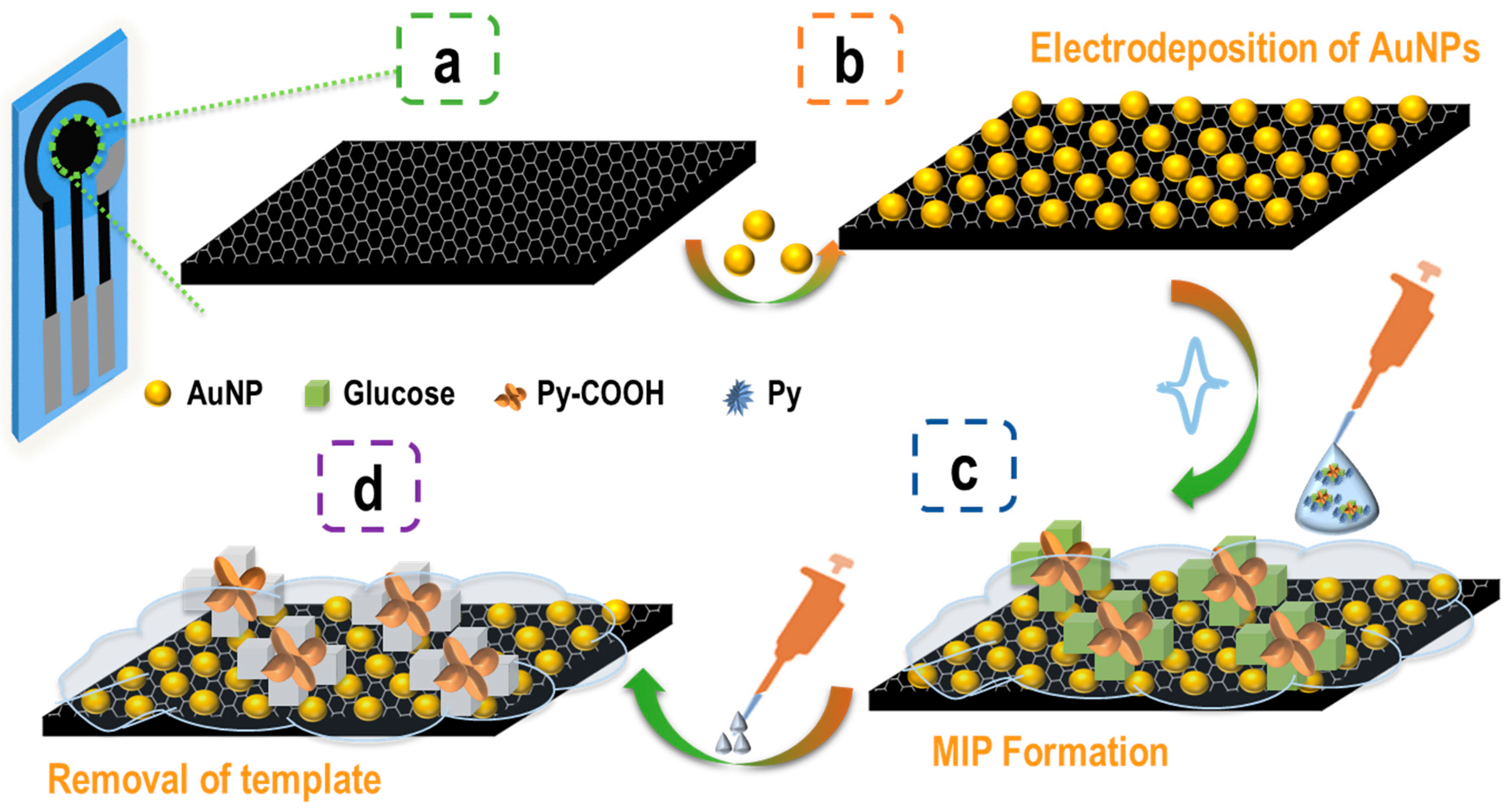
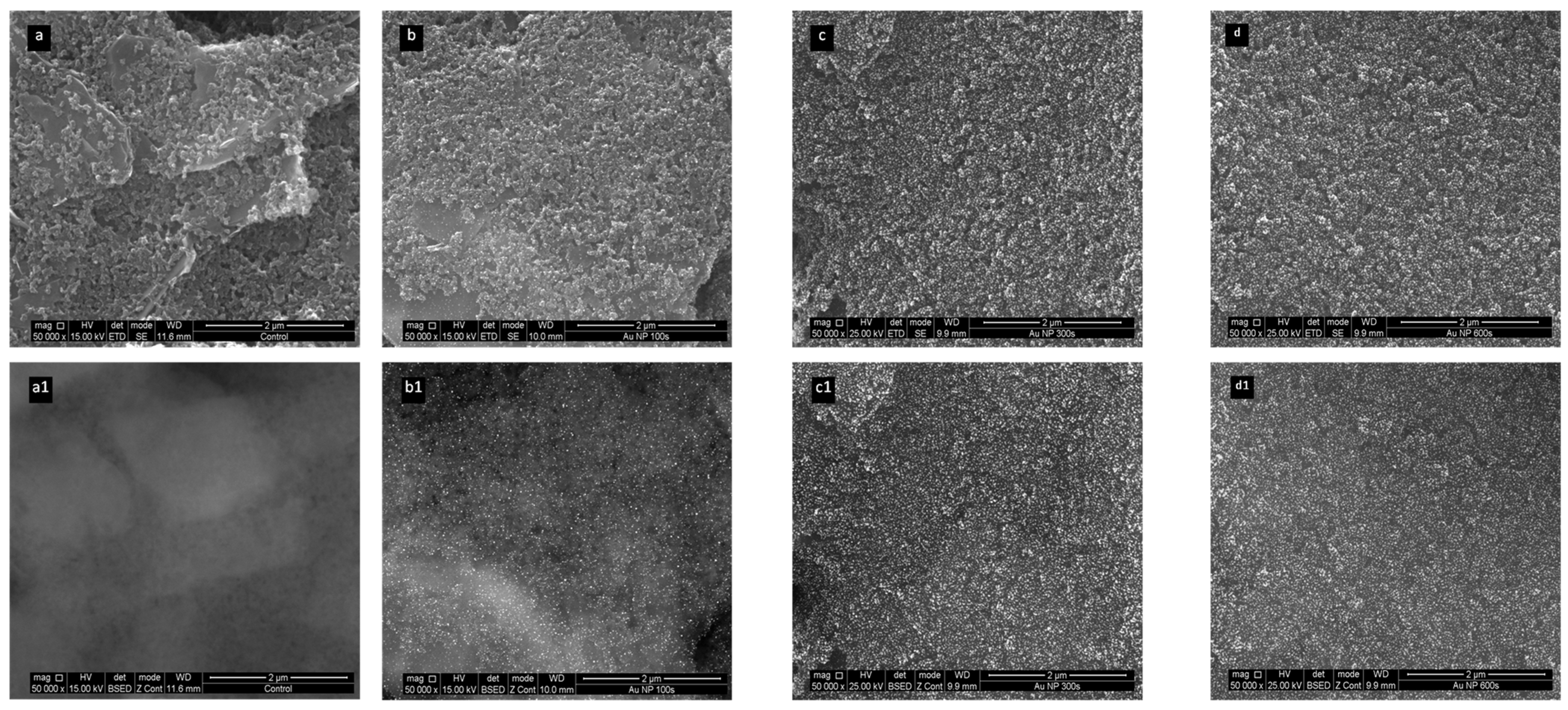
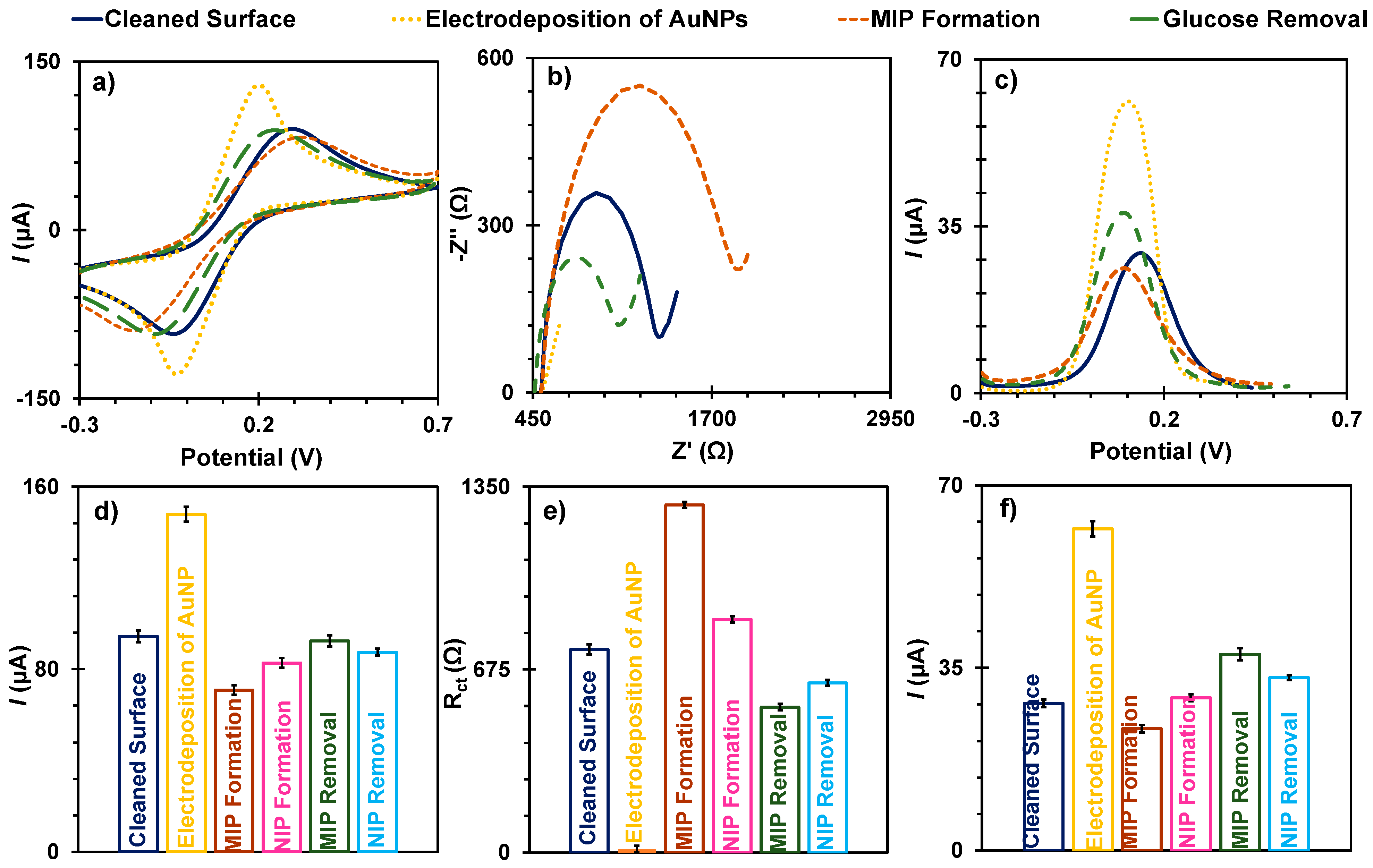
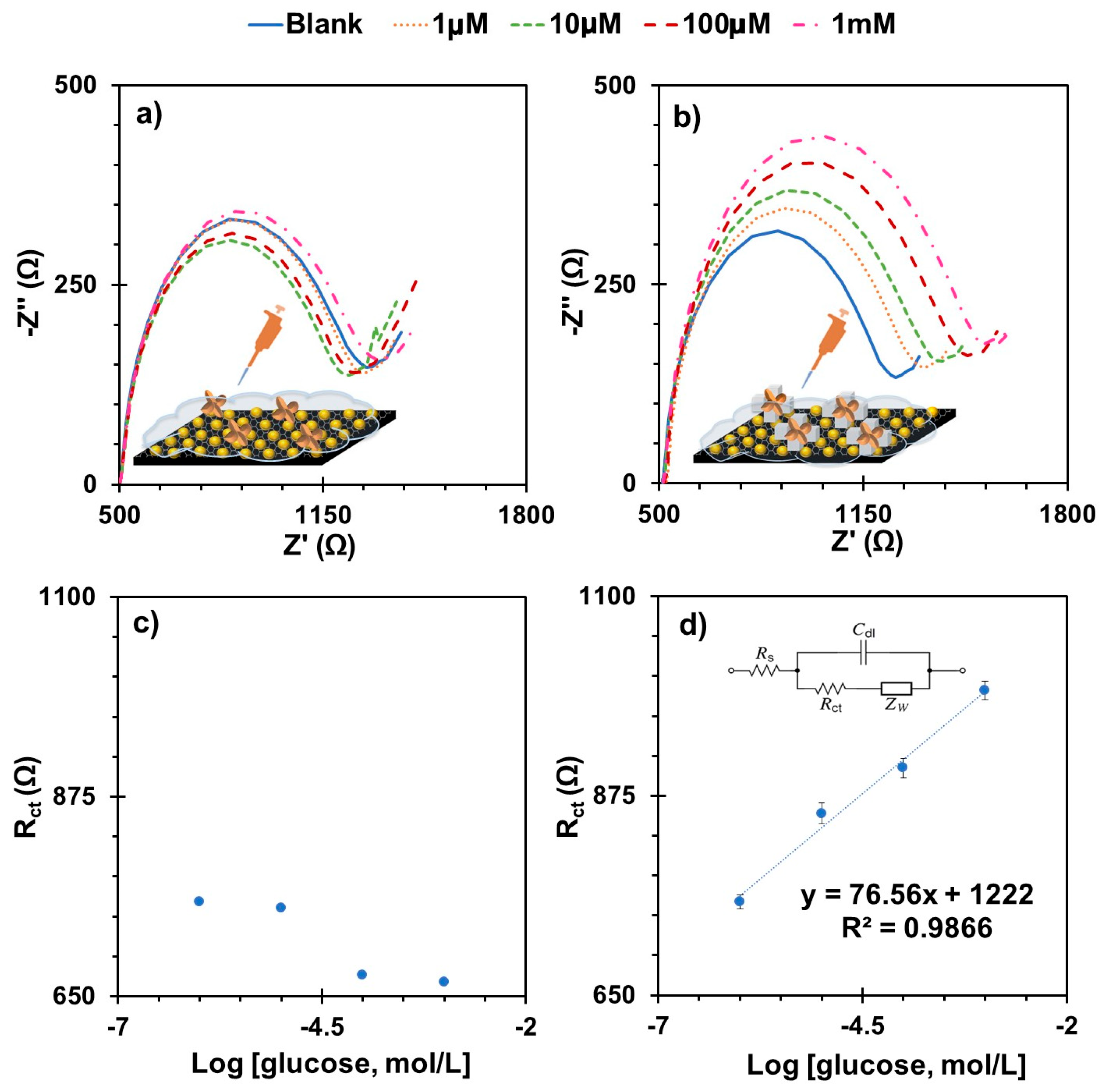
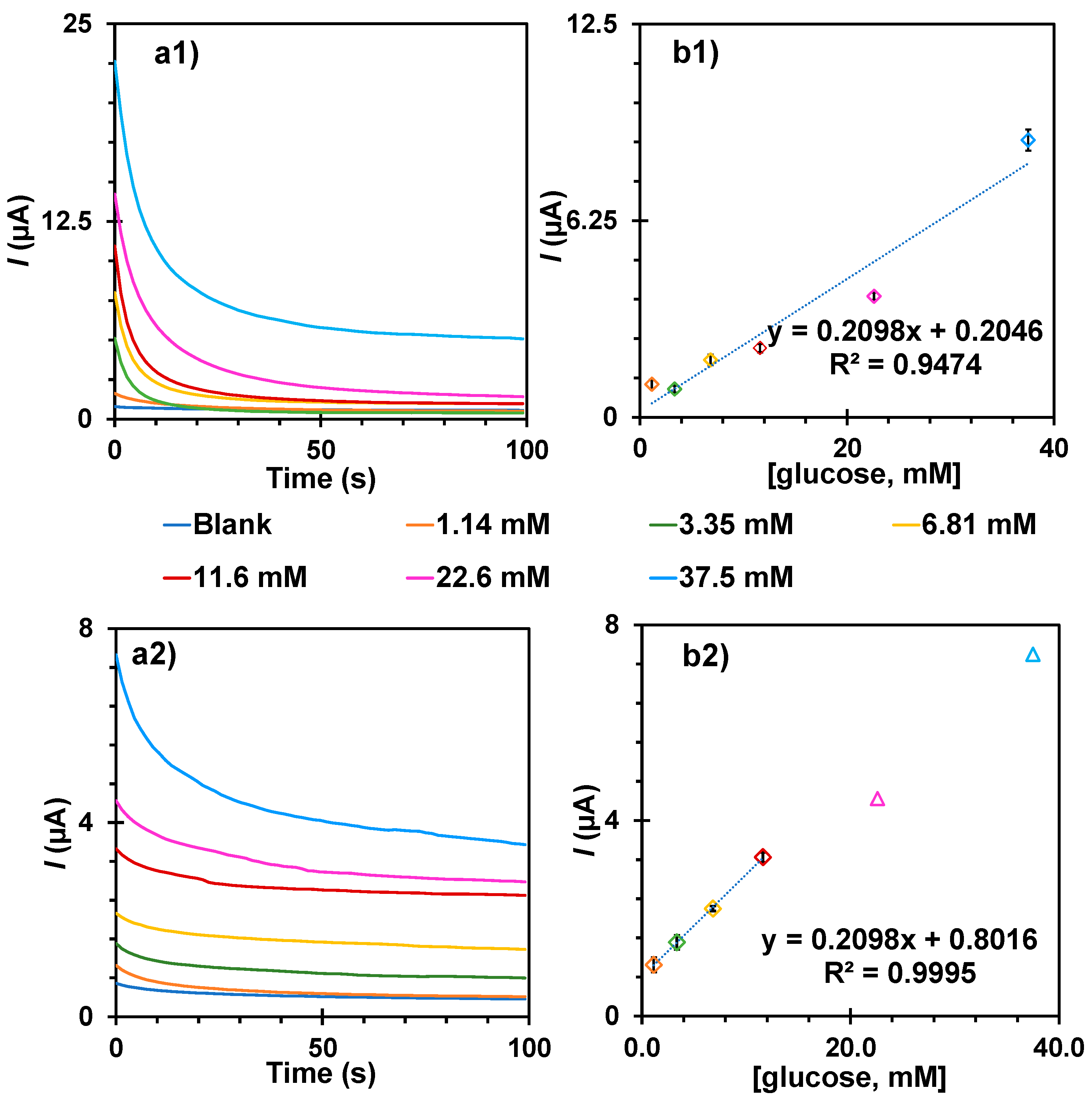
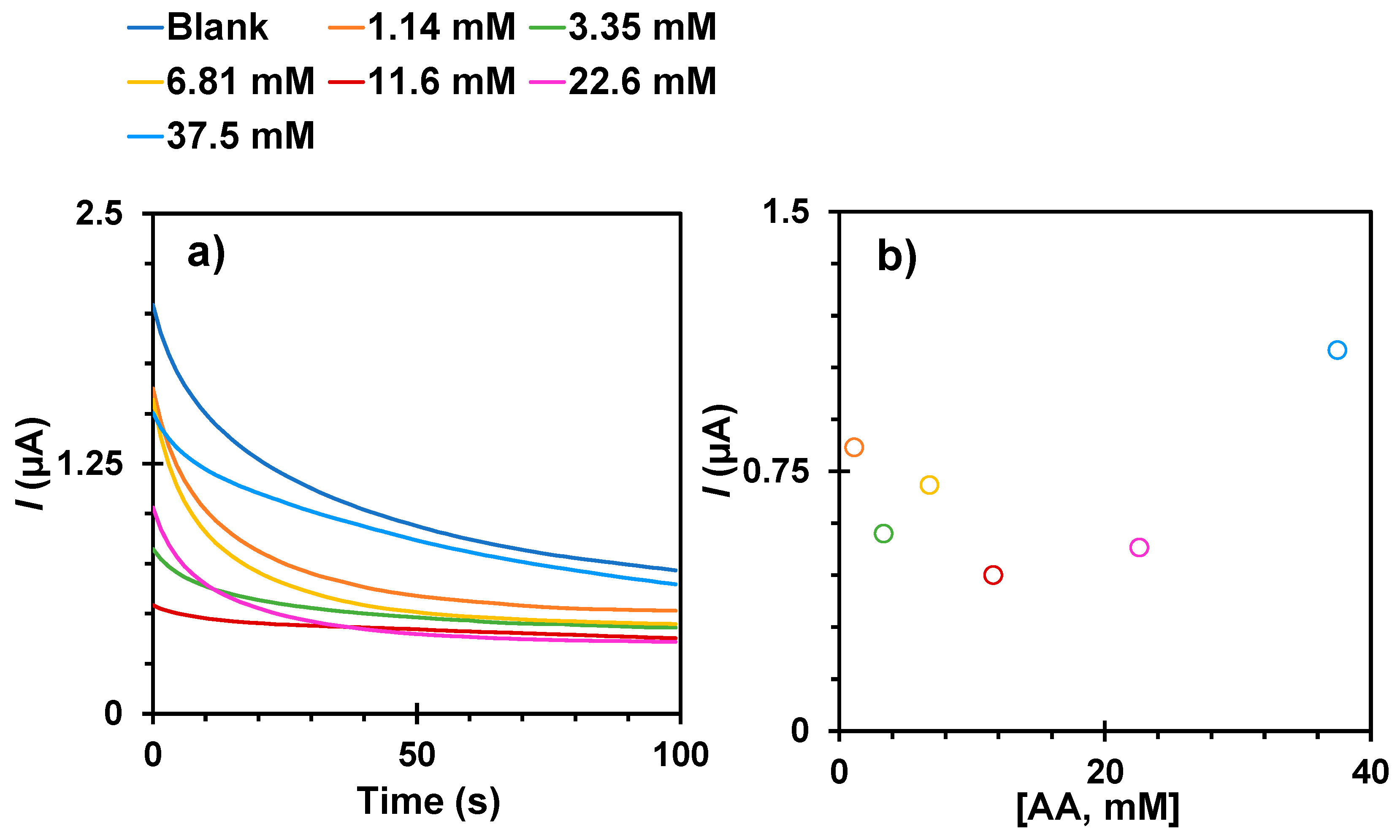
| Electrochemical Method | Functional Monomer/Cross-Link | Nanomaterial/Substrate | Linear Range | LOD | Surface Characterisation | Cross-Reactivity Testing | References |
|---|---|---|---|---|---|---|---|
| CV | VPBA, MBA | ITO electrode | Up to 900 mg/dL | - | XPS | - | Yoshimi et al., 2009 [23] |
| CV | Silicon iil on a copper wire | PVA electrodes by MnO2/CuO on GO NPs | 0.5 to 4.4 mM | 53 µM | XRD; FTIR; SEM; EDX | - | Farid et al., 2016 [24] |
| CV; EIS | MAA, MBA, 4-VP | Porous Ni foam | 10 to 55 mM | - | Raman; SEM | DA, FRU, Glucose, AA, AP | Li et al., 2017 [25] |
| LSV; ChronAMP | Nafion, APBA, Polyurethane | CuCo bimetal-coated on SPCE | 1.0 µM to 25.0 mM | 0.65 µM | FE-SEM; EDXS; XRD | MAN, LAC, UA, AP, DA, AA, Cysteine, GAL, FRU; XYL; SUC, LAA; MAL | Cho et al., 2018 [15] |
| ChronAMP | VPBA, PBA | FET | 100 μM to 4 mM | 3.0 µM | FTIR; XPS | FRU; SUC | Kajisa et al., 2018 [26] |
| CV, DPV, EIS | AAM, NNMBA | Au-SPE | 0.5 to 50 μg/mL | 0.59 μg/mL | AFM; SEM-EDS | LAC, SUC | Diouf et al., 2019 [22] |
| CV, EIS | AAM | Porous Ni foam | 0.8 to 4.0 mM | 0.45 mM | SEM; XRD | AA; FRU; AP | Wu et al., 2019 [27] |
| EIS | AAM, EGDMA | 14.4–330 μM | |||||
| CV, EIS, SWV, UV-Vis | o-PD, Scopoletin | AuNPs | 1.25 nM to 2.56 μM | 1.25 nM | AFM; SEM; QCM; TEM | SUC, DA; starch, BSA | Sehit et al., 2020 [28] |
| CV, EIS | pTBA | AuNPs/SPCE | 0.32 µM to 1.0 mM | 0.19 µM | AFM; XPS; QCM | GAL; DA; MAL; FRU, LAC, MAN, XYL; RIB, AP; UA; SUC; AA | Kim et al., 2017 [21] |
| UV-Vis | APBA | AuNP | 2.4 to 30.2 mM | - | TEM; SEM | CHOL, UA | Fan et al., 2018 [29] |
Disclaimer/Publisher’s Note: The statements, opinions and data contained in all publications are solely those of the individual author(s) and contributor(s) and not of MDPI and/or the editor(s). MDPI and/or the editor(s) disclaim responsibility for any injury to people or property resulting from any ideas, methods, instructions or products referred to in the content. |
© 2025 by the authors. Licensee MDPI, Basel, Switzerland. This article is an open access article distributed under the terms and conditions of the Creative Commons Attribution (CC BY) license (https://creativecommons.org/licenses/by/4.0/).
Share and Cite
Cardoso, A.R.A.; Barquinha, P.M.C.; Sales, M.G.F. Enzyme-Free Monitoring of Glucose Using Molecularly Imprinted Polymers and Gold Nanoparticles. Biosensors 2025, 15, 537. https://doi.org/10.3390/bios15080537
Cardoso ARA, Barquinha PMC, Sales MGF. Enzyme-Free Monitoring of Glucose Using Molecularly Imprinted Polymers and Gold Nanoparticles. Biosensors. 2025; 15(8):537. https://doi.org/10.3390/bios15080537
Chicago/Turabian StyleCardoso, Ana Rita Aires, Pedro Miguel Cândido Barquinha, and Maria Goreti Ferreira Sales. 2025. "Enzyme-Free Monitoring of Glucose Using Molecularly Imprinted Polymers and Gold Nanoparticles" Biosensors 15, no. 8: 537. https://doi.org/10.3390/bios15080537
APA StyleCardoso, A. R. A., Barquinha, P. M. C., & Sales, M. G. F. (2025). Enzyme-Free Monitoring of Glucose Using Molecularly Imprinted Polymers and Gold Nanoparticles. Biosensors, 15(8), 537. https://doi.org/10.3390/bios15080537







